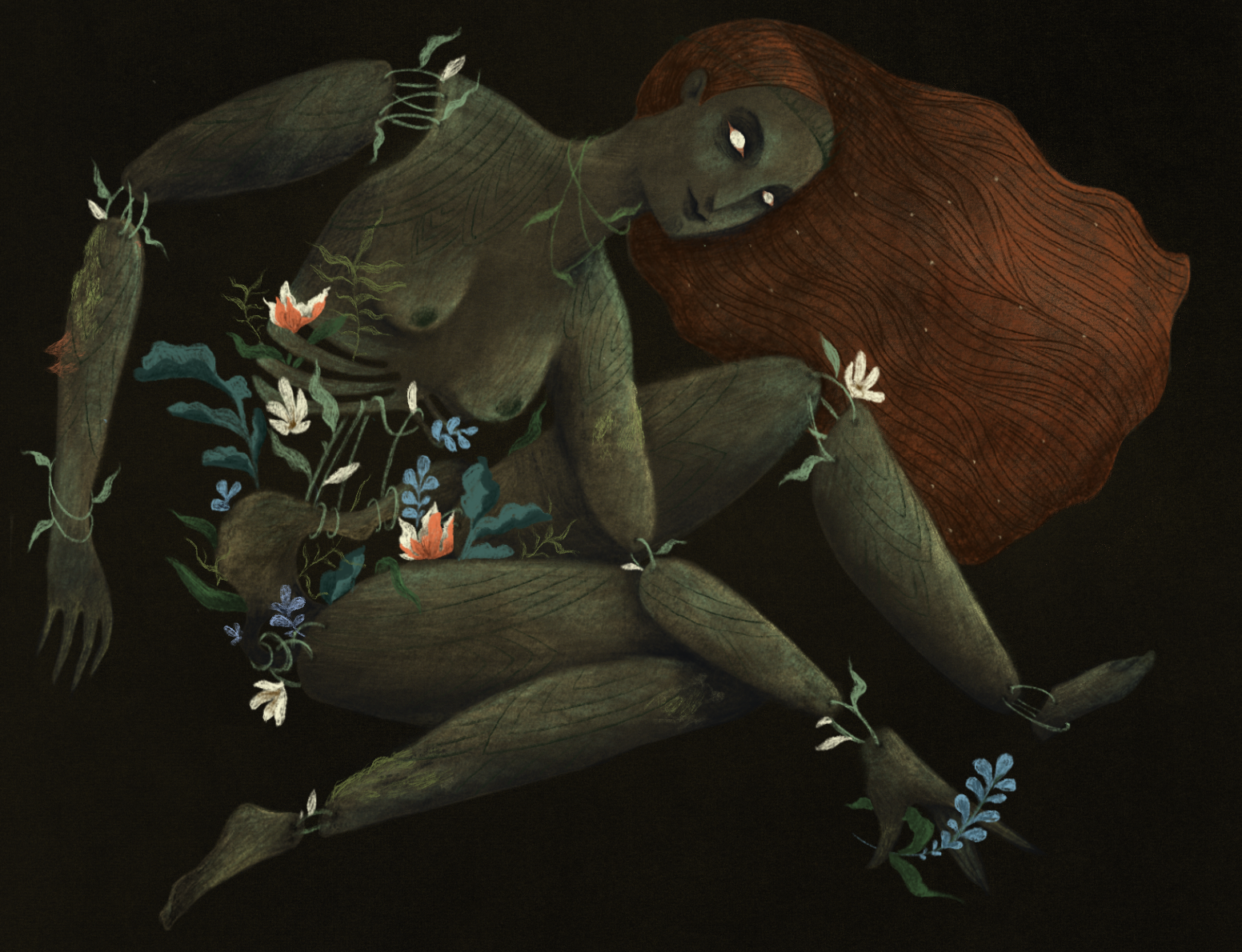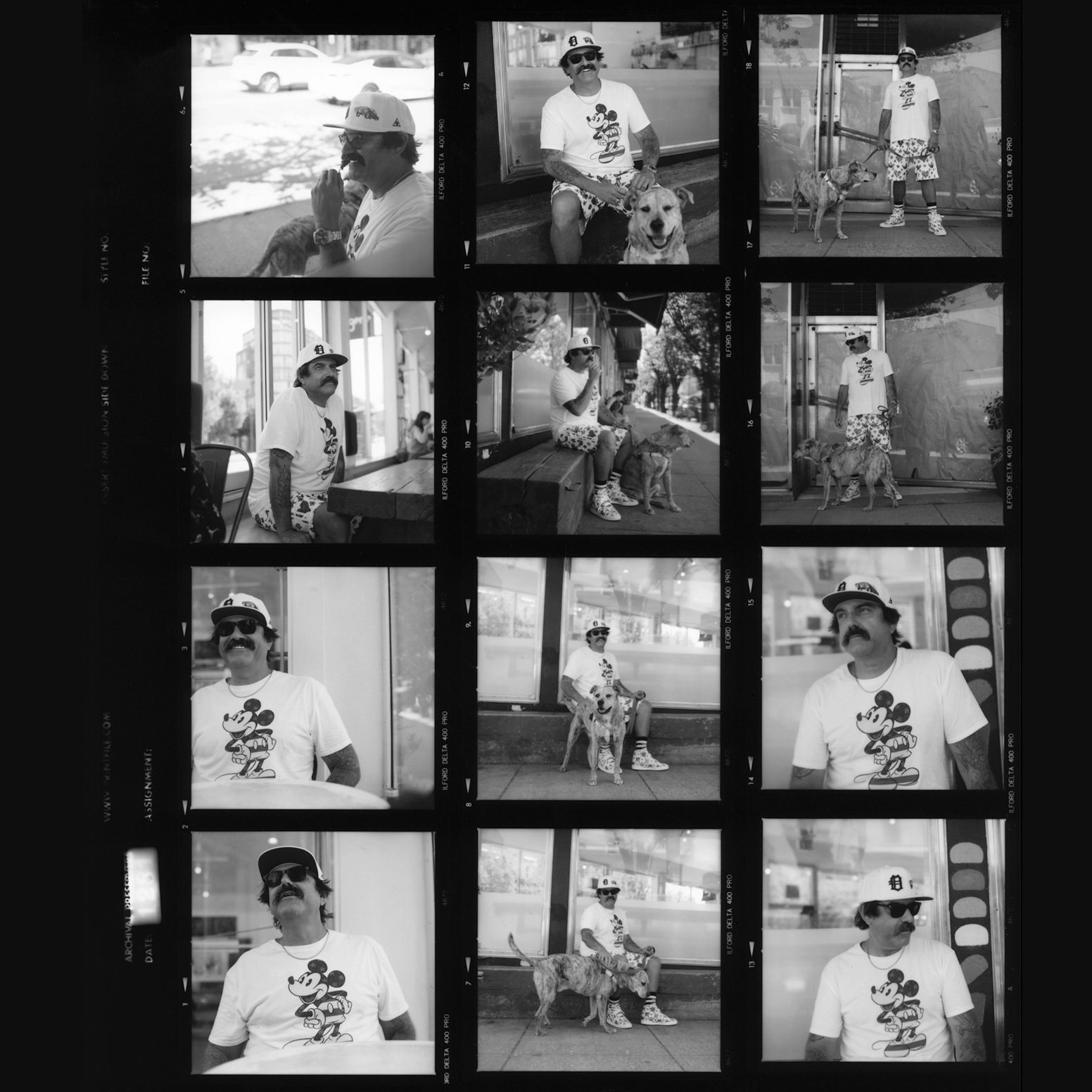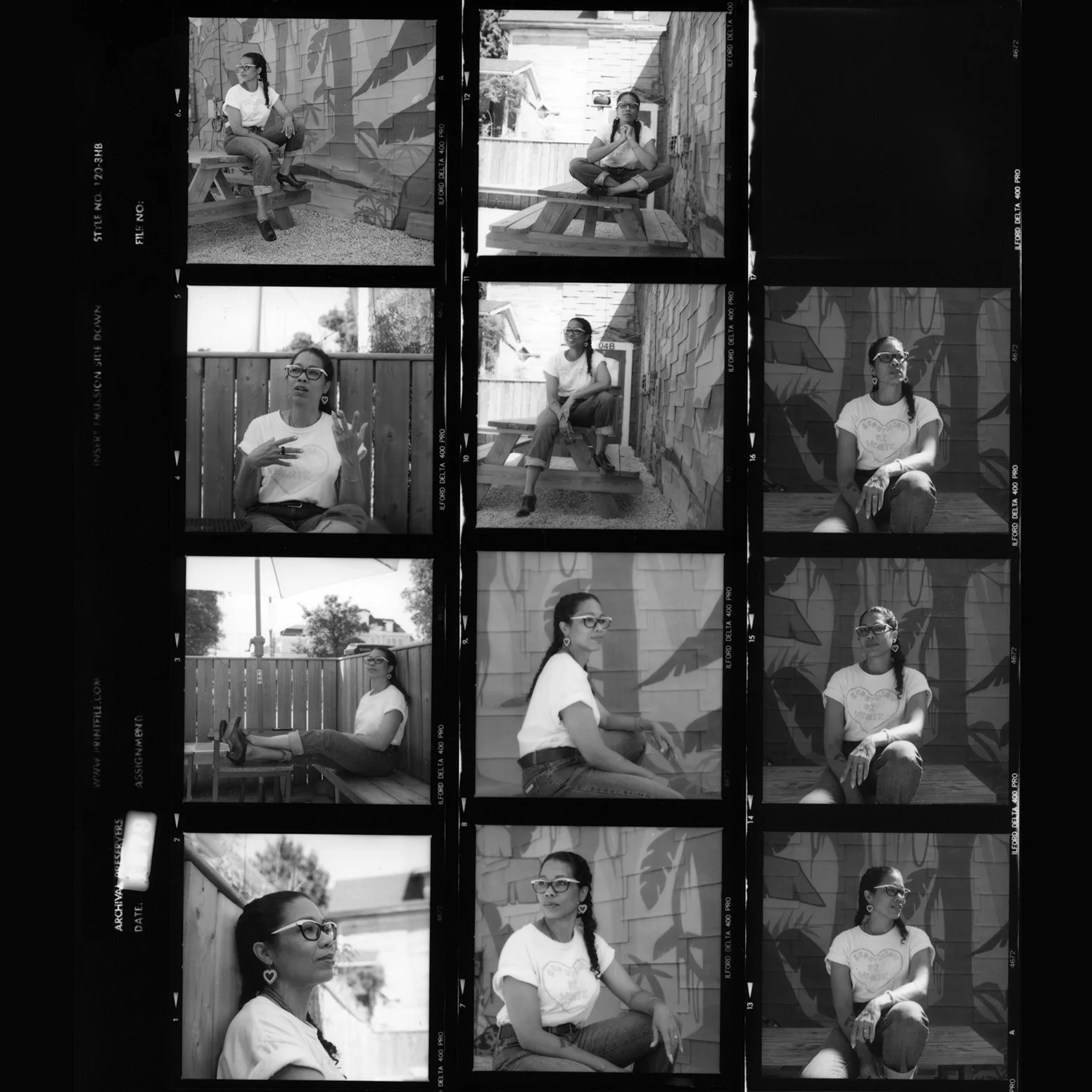In Conversation with Melanie Murray
/Today, January 25—or more specifically, tonight—is the date upon which the life and work of Scottish poet Robbie Burns is celebrated. In 1801, five years after Burns' death, his friends and family gathered at the Burns Cottage (on January 29, believing that to be the date of his death, before rescheduling in 1803 to the correct date, the 25th) to host an extravagant and elaborate meal to remember and honour the poet.
However, alongside and contributing to the successes of Burns was his wife, Jean Armour, who—you guessed it—does not have a dedicated day on which people celebrate her contributions and life. Shocking! Acclaimed author and professor Melanie Murray recently released Should Auld Acquaintance: Discovering the Woman Behind Robert Burns in the interest of drawing more credit and attention to women artists then and now. We spoke with Melanie to get a closer look at the life of Jean Armour, and we'd like to Officially Dedicate January 26th to Jean Armour. SAD Holidays! Take the day off!
The critic herself. Jean Armour by John Alexander Gilfillan.
SAD Mag: What initially drew you to Jean Armour? Why did you set out to write her story?
Melanie Murray: While I was in Scotland doing research for my first book in 2010, my interest in Robert Burns led me to the village of Mauchline in southeast Scotland where Robert Burns had met Jean Armour. There in the Burns House Museum, I sat in the small room where Jean and Robert had lived for a short time after they first married. I started wondering about Jean Armour, born and raised in Mauchline, and what it would have been like to be married to the philandering, impoverished poet.
Then I visited the Kirkyard and knelt by the grave of their four daughters who had died in early childhood, trying to fathom the maternal grief Jean would have suffered with these losses. So began my search for Jean Armour. Over the next couple of years I read many biographies about Burns as well as his extensive collections of letters, poems, and songs, trying to piece together a picture of Jean from the fragments written about her. She emerged as a footnote in the life of the poet, a blurry image that wouldn’t come into focus, a stereotype of the devoted, long-suffering wife.
Moreover, all my reading verified the adage that real life is more improbable than fiction, and I was left me with more questions than answers. I knew that Jean Armour was a much more complex woman than the shadowy figure portrayed in literary history. I wanted to give her a voice and bring her to life. So I went to back to Scotland to the places she had lived; I traveled in her footsteps, trying to uncover her world and discover her story.
SM: How did Armour assist Burns in his work?
MM: Jean greatly assisted her husband in the central work of his life, collecting and revising the old Scottish songs. Burns had a notoriously bad singing voice. But Jean was a natural soprano, trained in the Mauchline singing school. She had “the voice of a woodnote,” according to Burns, and knew all the old ballads by heart. He would have an idea of the melody of an old song he wanted to write verses for, and Jean would sing or hum it for him, allowing him to set his poem to the tune. Jean also provided the mercurial poet with the stable home that he needed in order to write.
SM: Armour endured many hardships during her early relationship with Burns including giving birth to their children in his absence—some of whom passed away—and facing scrutiny from her family and community for her relationship with Burns. Why do you think she stuck by Burns despite these hardships and his frequent cruelty—or indifference—toward her situation?
MM: It’s complicated. Initially, Burns didn’t refuse to marry Jean. Her father was vehemently opposed to his daughter having anything to do with “that rhymer,” so their relationship was clandestine. After Jean became pregnant, they signed a paper acknowledging each other as husband and wife; such an “irregular marriage” was a binding contract in the courts of Scotland. But her father destroyed the paper and sent her away to live with her aunt and uncle. When Jean became pregnant out of wedlock for the second time, her father kicked her out of the family home. At this point, Burns had just published his first book and was away in Edinburgh, hobnobbing with the literati and involved with a married woman. When Jean’s twin girls died soon after childbirth and she nearly succumbed to childbed fever, a repentant and distressed Burns returned to Mauchline and convinced Jean to marry him. Marriage would have been the only way Jean could get her son back, her only living child whom she’d been forced to give over to Burns’s family when the boy was ten months old. Moreover, it was extremely difficult for a woman to survive on her own in eighteenth century Scotland, and Jean would not have wanted to return to living under the tyranny of her father.
SM: What was the most surprising thing you learned about Armour and Burns’s relationship during the research and writing of your book?
MM: Jean’s willingness to raise the three children Burns fathered with other women intrigued me. Two of these babies were conceived before their marriage, but the third one was born while they were married—ten days before one of Jean’s own sons was born. Considering that she’d buried three of the daughters from the two sets of twins she had birthed, I marveled at the serendipitous nature of these events. When she took in that one-month- old baby girl, Jean essentially had a set of twins again.
Melanie Murray is a professor of literature, composition and creative writing at Okanagan College in Kelowna, BC. She holds a BA, BEd and MA in English, and a Graduate Certificate in Creative Writing. Should Auld Acquaintance: The Woman Behind Robert Burns (Nightwood Editions, 2017) is her second book. Her previous book For Your Tomorrow: The Way of an Unlikely Soldier was published by Random House in 2011. Should Auld Acquaintance is available at your local independent bookstore and online.


















